Plant Pests and Diseases
-

The juniper scale is a sporadic pest of juniper, cypress, and cedar trees in nurseries and landscapes in Georgia. It is an armored scale, where the wax cover is not a part of its body but can actually be separated from the body. Juniper scale feeds on plant fluid, and heavy infestations can reduce plant vigor, causing needle drop and twig color change from green to brown. Find out how to identify and manage this pest.
William G. Hudson and Shimat V. Joseph
|
-

This publication provides current guidance for insect, disease, and weed control in commercial pecan orchards.
Lenny Wells, Apurba Barman, Timothy Branner Brenneman, Timothy Lane Grey, William G. Hudson, Wayne Mitchem, and Andrew Sawyer
|
-
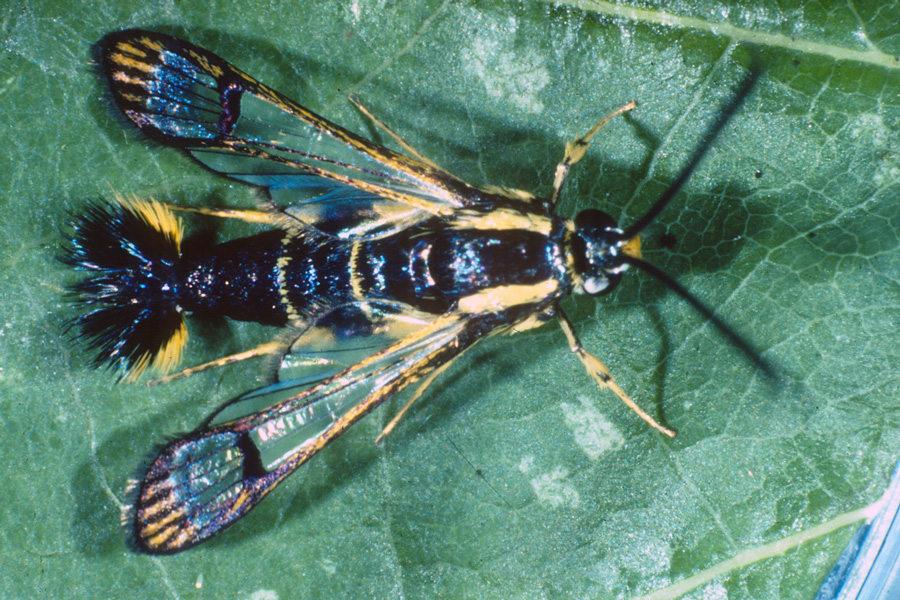
C 1316
Dogwood Borer
The dogwood borer can be a destructive pest of many ornamental trees in nurseries and landscapes. The dogwood borer also attacks fruit and nut trees in landscapes and commercial orchards. It is native to North America and is common in eastern Canada and the United States. It is present throughout Georgia.
William G. Hudson and Shimat V. Joseph
|
-
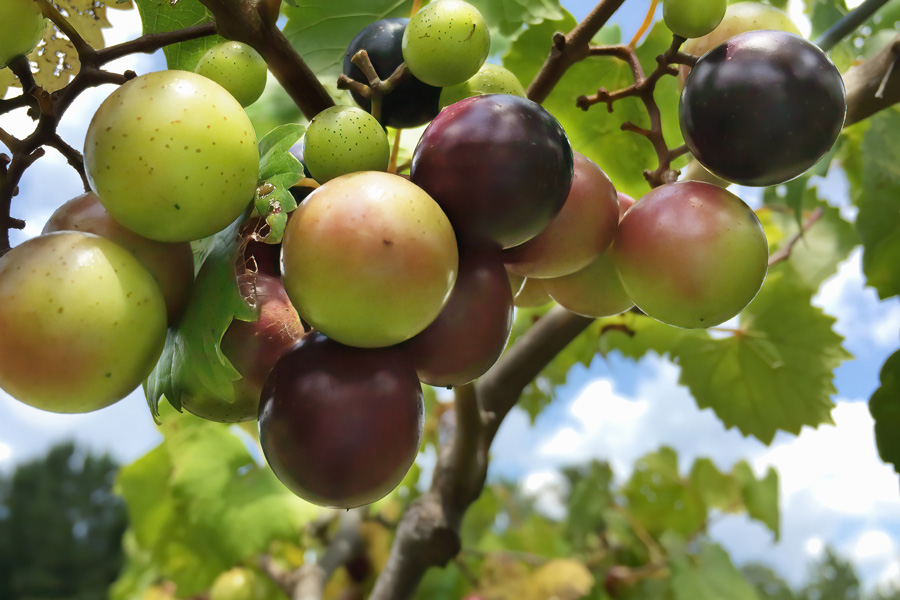
This 2025 update to the regional integrated pest management guide provides recommendations for muscadine grape production in the Southeastern U.S. Recommendations are based on information from the manufacturer’s label and performance data from research and Extension field tests. This publication is intended for use only as a guide. Specific rates and application methods are on the pesticide label, and these are subject to change at any time.
Phillip M. Brannen, Ashfaq A. Sial, Brett R Blaauw, and Sarah Lowder
|
-
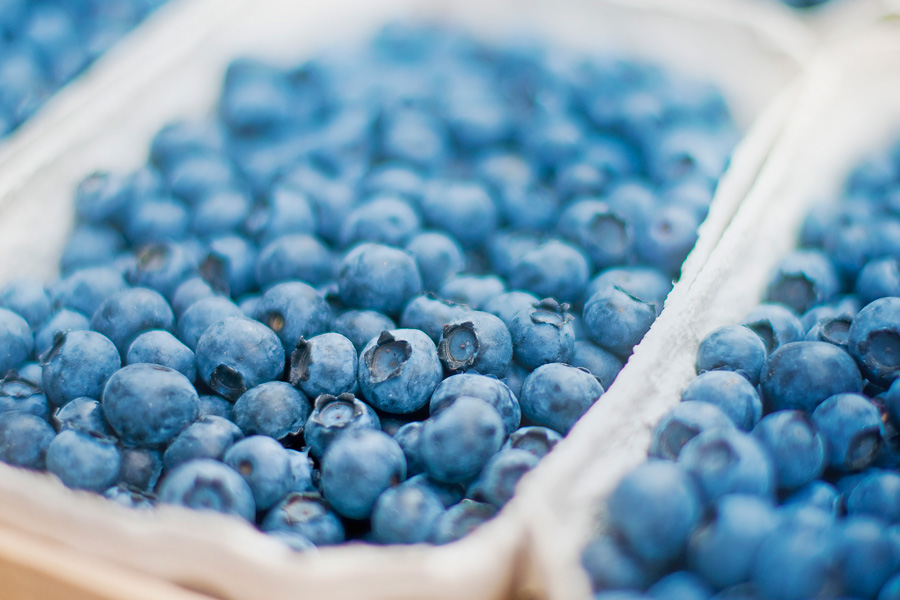
A grower survey was carried out in January 2023 during the annual blueberry update event held in Alma, Georgia. Survey responses were collected from 26 growers from eight Georgia counties. The results indicated the cultivar preference of south Georgia growers and major production constraints of blueberry production in southeast Georgia.
Ye (Juliet) Chu and Zack Williams
|
-

The spotted lanternfly is an invasive planthopper that can feed on a wide range of trees in the United States. The potential economic and environmental impact of spotted lanternflies is alarming, and threatens not only the livelihoods of many but also the biodiversity and beauty of our landscapes.
William G. Hudson and Shimat V. Joseph
|
-

The Georgia Pest Management Handbook gives current information on selection, application and safe use of pest control chemicals. The handbook has recommendations for pest control on farms, around homes, urban areas, recreational areas, and other environments in which pests may occur. Cultural, biological, physical, and other types of control are recommended where appropriate.
Allison Faye Johnson and Victoria McCurley
|
-
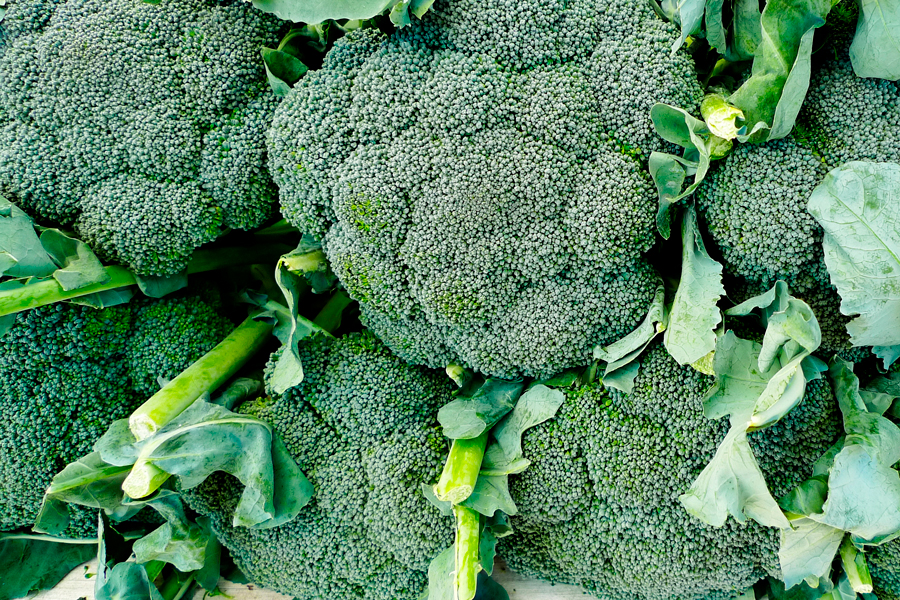
Broccoli is grown throughout Georgia in both the fall and spring growing seasons. A locally significant wholesale industry developed in southwest Georgia, and acreage devoted to broccoli production has increased. The wholesale broccoli industry fills a market window in late fall, through winter, and into early spring. Plantings also occur in north Georgia, where lower winter temperatures limit late fall plantings but allow plantings later into the spring growing season. This publication addresses considerations of horticulture, entomology, and plant pathology for production of fresh market broccoli in Georgia.
Alton N Sparks, Timothy Coolong, and Bhabesh Dutta
|
-
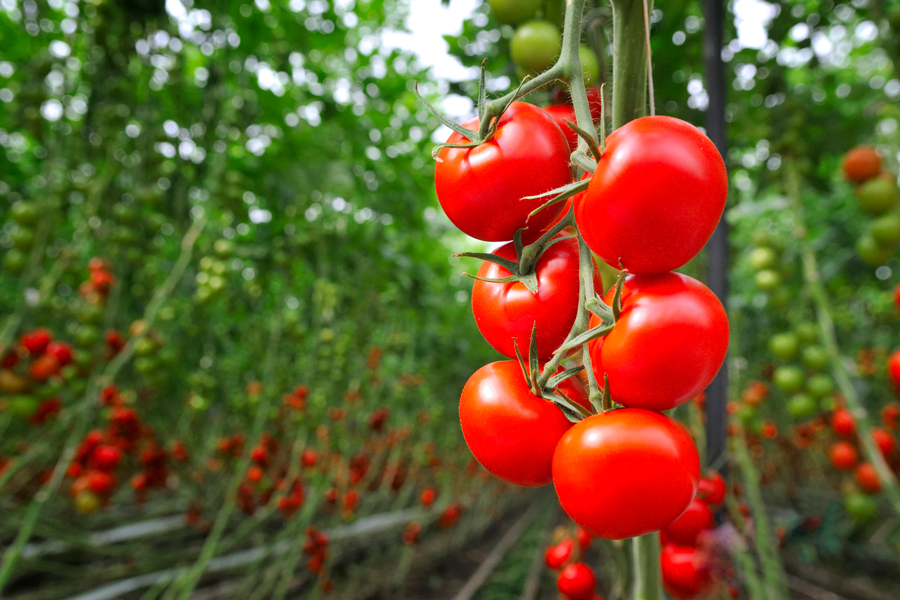
This report provides research and extension results for trials conducted by the University of Georgia Vegetable Team and its collaborators in 2024. Contributing authors include county and regional faculty as well as specialists from UGA’s horticulture, plant pathology, crop and soil sciences, and entomology departments. All research has been supported by the Georgia Commodity Commission for Vegetables.
Timothy Coolong and Ted McAvoy
|